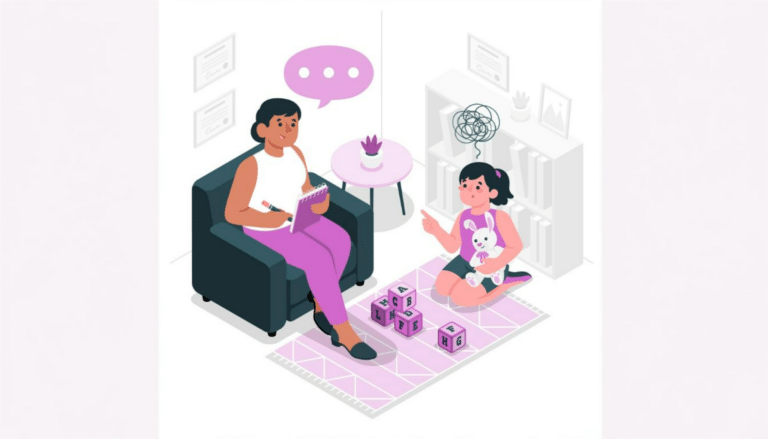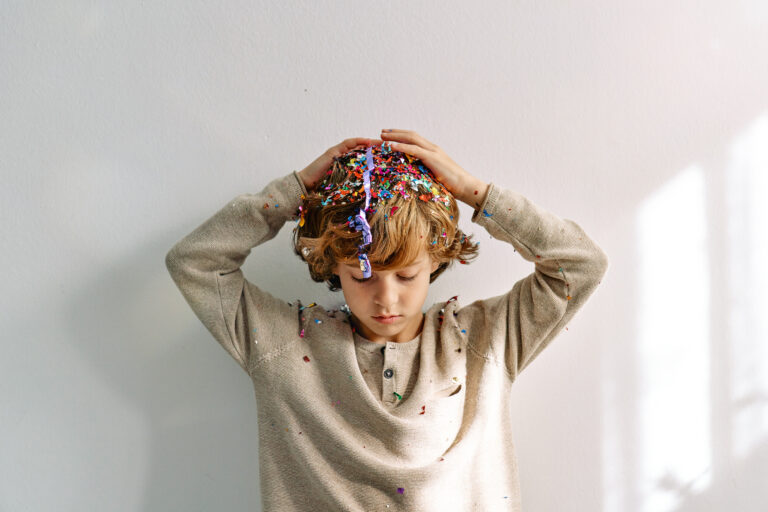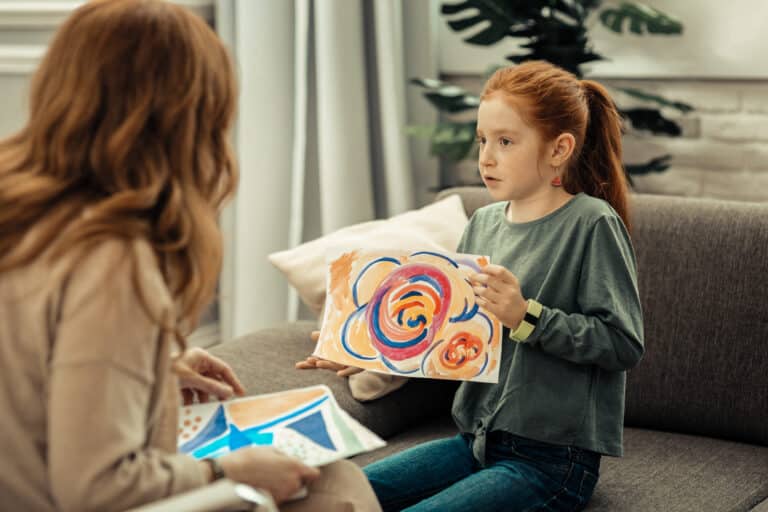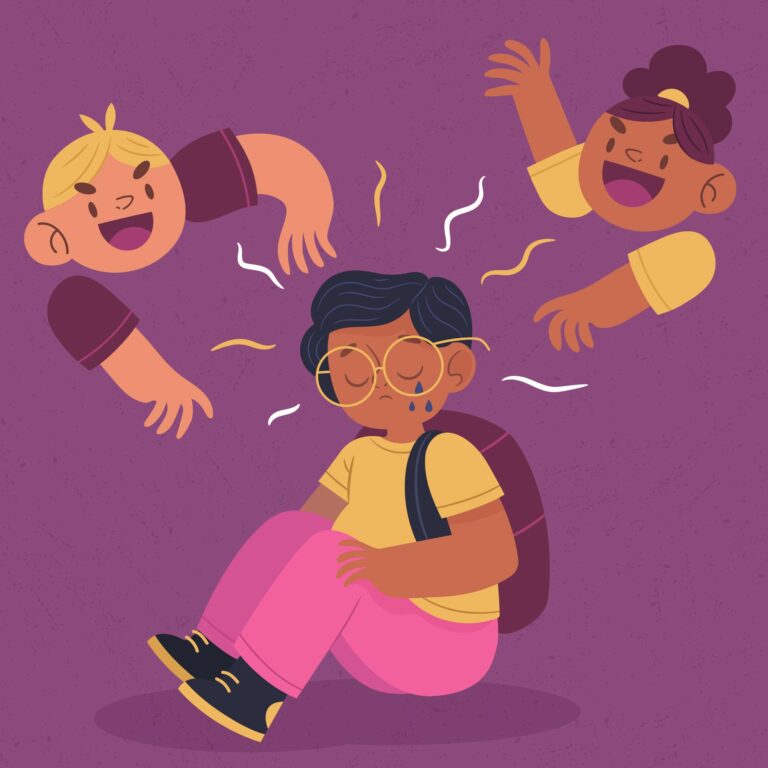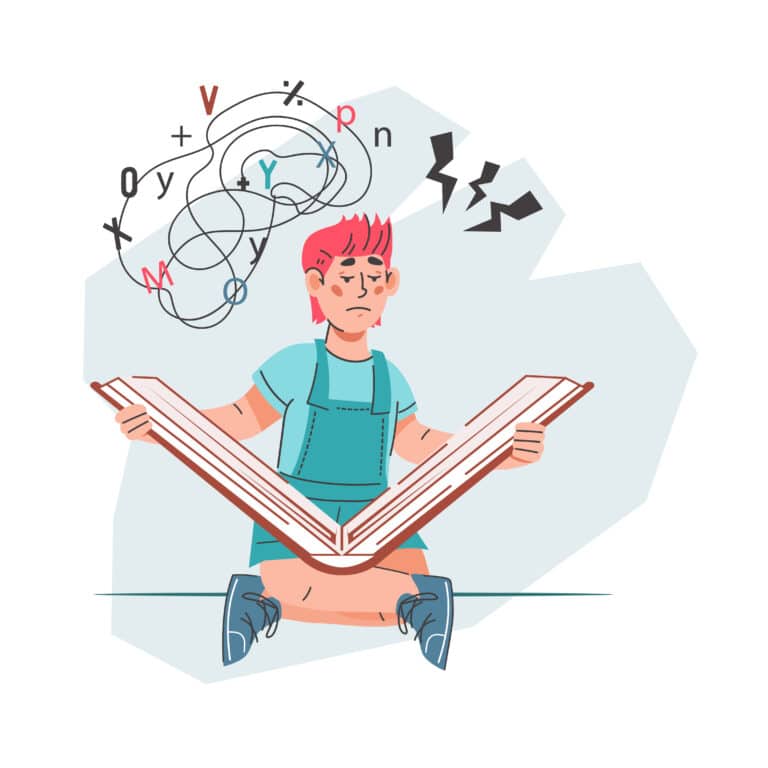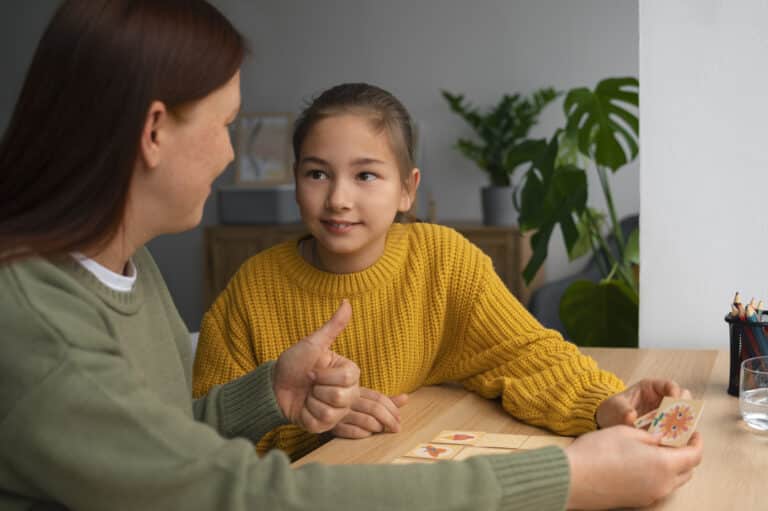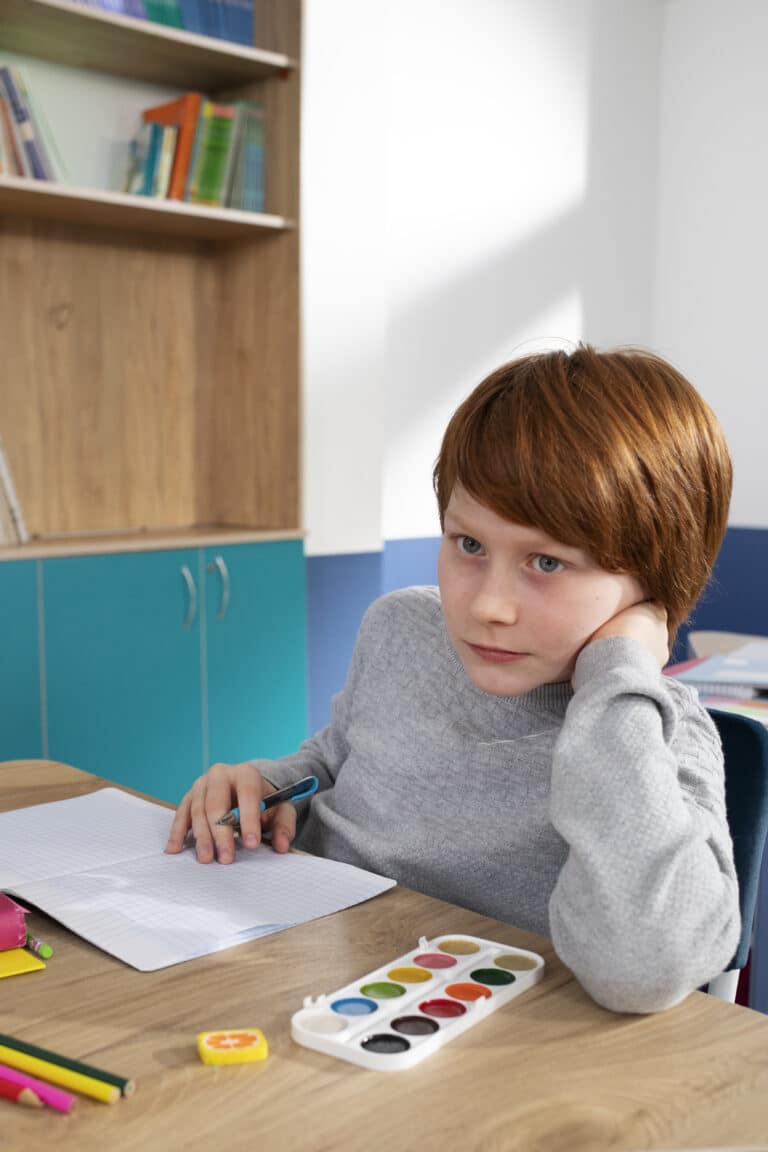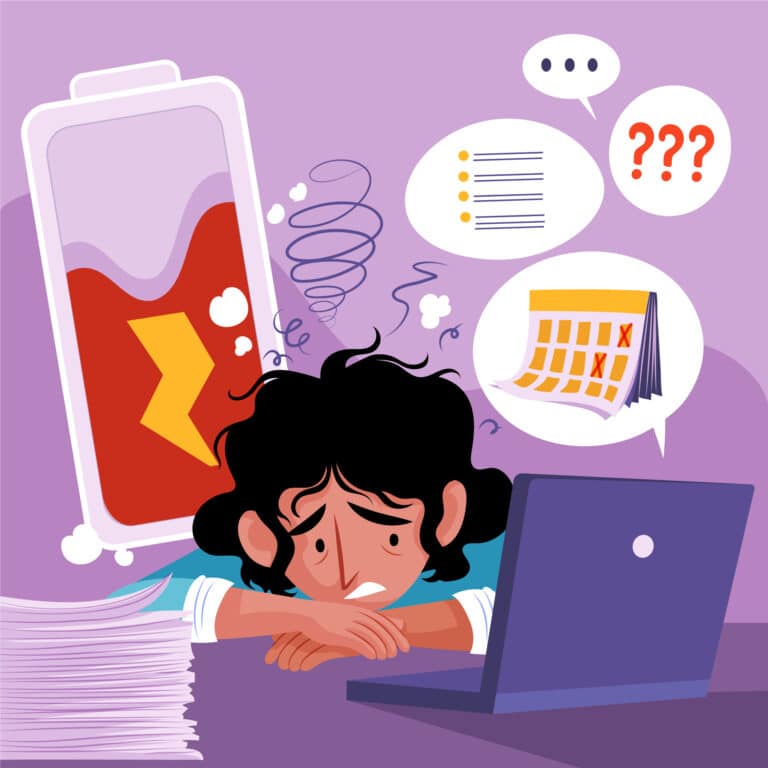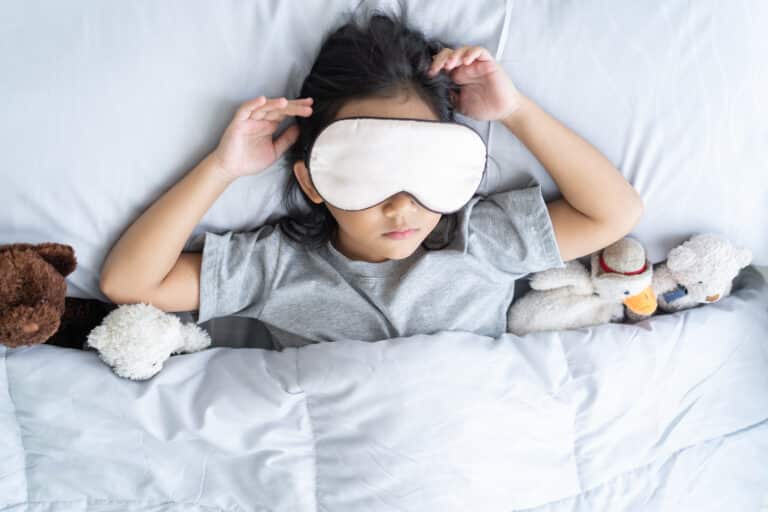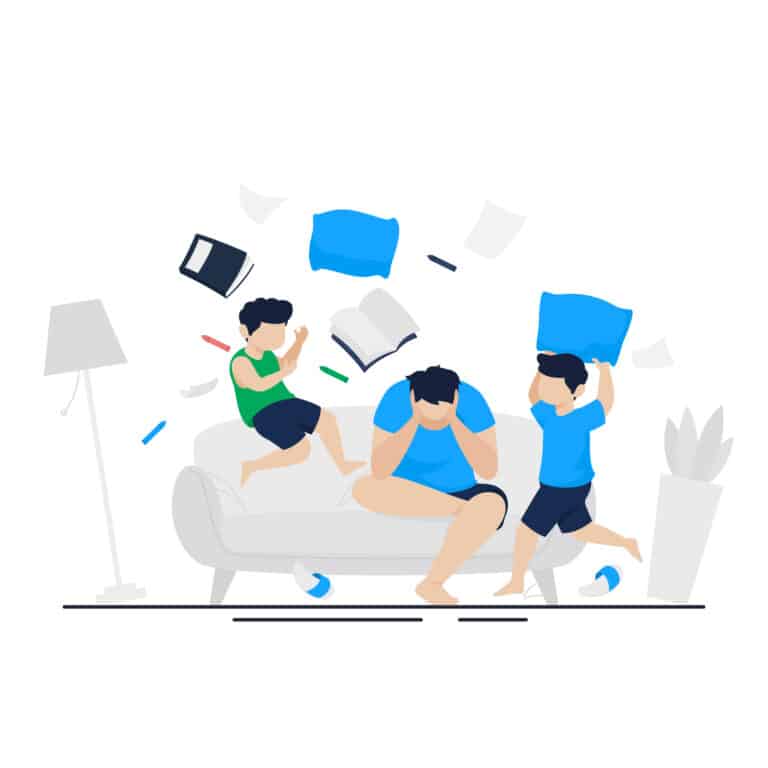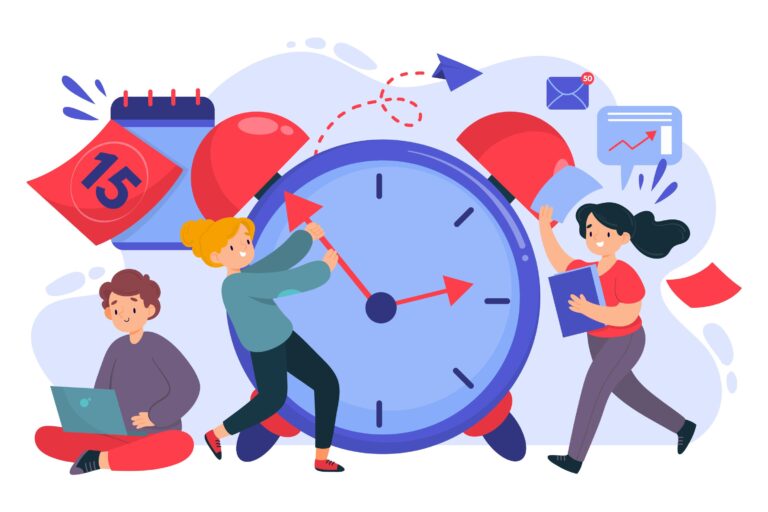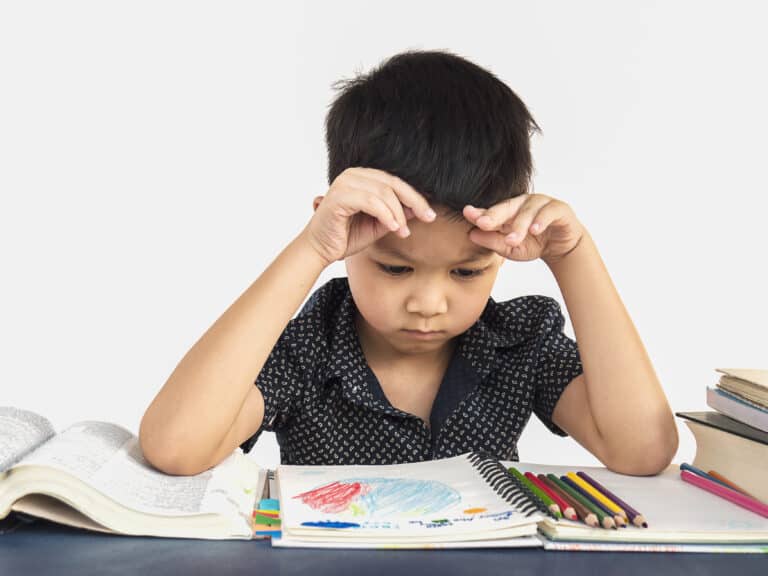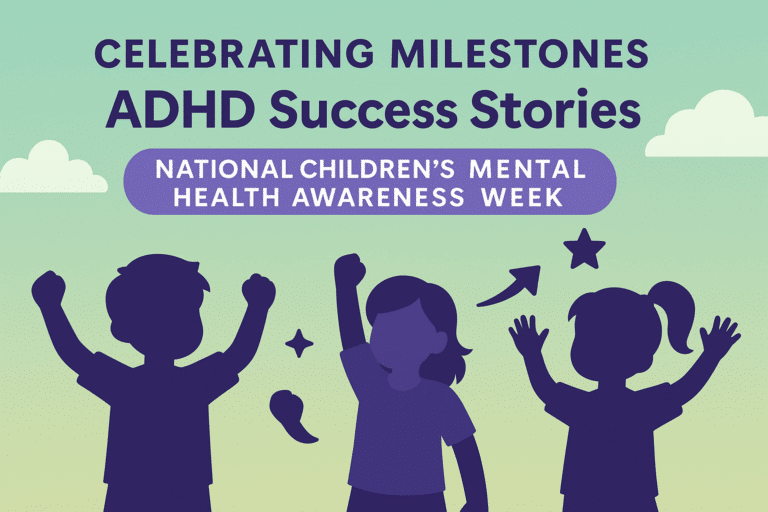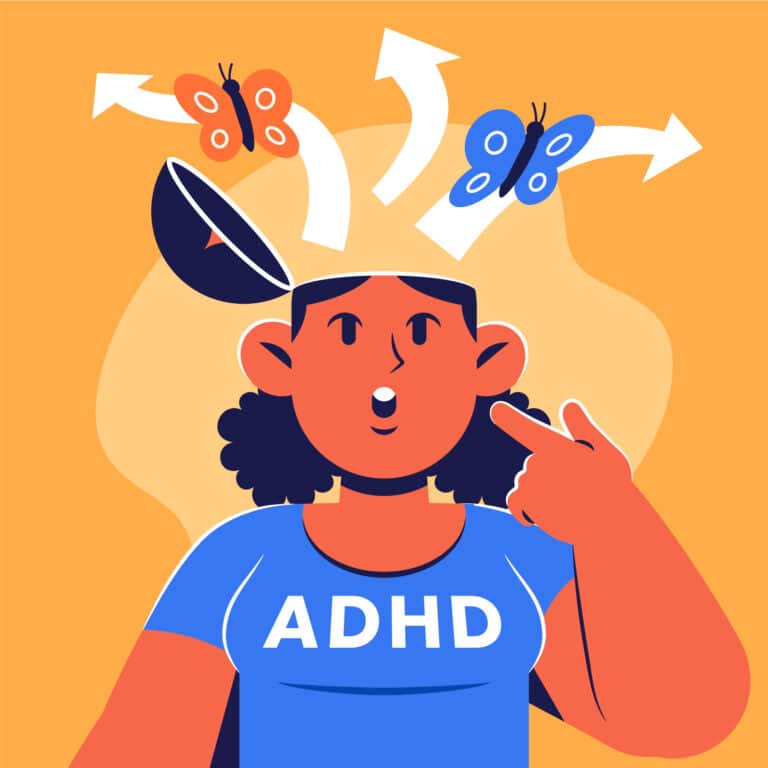Parenting a child with ADHD comes with unique challenges, particularly when it comes to managing emotions and maintaining calm. Children with ADHD often experience difficulty regulating their impulses, emotions, and behaviors, which can lead to frustration for both the child and their parents. By employing specific strategies, you can help your child feel more grounded and equipped to handle overwhelming situations.
Understanding ADHD and Emotional Regulation
What is ADHD?
Attention Deficit Hyperactivity Disorder (ADHD) is a neurodevelopmental condition characterized by symptoms such as impulsivity, hyperactivity, and difficulty maintaining focus. While these traits can lead to challenges in school and social settings, ADHD also affects emotional regulation, making it harder for kids to calm down when they feel overwhelmed.
Why Calming Strategies Matter
Learning to calm a child with ADHD isn’t just about addressing immediate behaviors; it’s about teaching long-term self-regulation skills that can help them navigate their daily lives more effectively.
Proven Strategies to Calm a Child with ADHD
1. Create a Calm Environment
Children with ADHD are sensitive to overstimulating environments. Setting up a calm, quiet space at home where your child can decompress can make a significant difference. Include calming tools like stress balls, sensory toys, or weighted blankets.
2. Use Physical Activity as a Release
Physical activity helps children with ADHD burn off excess energy and reset emotionally. Encourage your child to jump, run, or engage in activities like yoga to promote both relaxation and focus.
3. Teach Deep Breathing Techniques
Deep breathing can reduce stress and anxiety, helping your child regain control during emotional outbursts. Guide them through simple exercises, such as breathing in for four counts, holding for four counts, and exhaling for four counts.
4. Implement a Consistent Routine
Consistency is key for kids with ADHD. Predictable routines provide structure and reduce anxiety, helping children feel more in control of their day. Make sure your routine includes regular mealtimes, homework sessions, and downtime.
5. Incorporate Sensory Breaks
Frequent breaks during activities can help children with ADHD reset their focus and avoid frustration. Sensory activities, like playing with kinetic sand or using fidget toys, can offer both mental and emotional relief.
6. Practice Positive Reinforcement
Reward calm and focused behaviors to encourage your child to repeat them. Praise specific actions like, “I love how you used your breathing exercises to calm down just now.”
7. Focus on Open Communication
Children with ADHD need to feel heard. Encourage your child to express their feelings and frustrations openly. Active listening helps them process emotions and teaches them to self-reflect.
8. Introduce Mindfulness Activities
Mindfulness helps children with ADHD focus on the present moment, which can reduce feelings of overwhelm. Activities like guided imagery or progressive muscle relaxation are great for introducing mindfulness in a child-friendly way.
9. Minimize Screen Time Before Bed
Excessive screen time can overstimulate your child, making it harder for them to wind down. Create a calming bedtime routine that avoids screens and incorporates soothing activities, such as reading or listening to calming music.
10. Provide Clear, Simple Instructions
Children with ADHD often feel overwhelmed by complex directions. Break tasks into smaller, manageable steps and give clear, concise instructions to help them stay focused.
How Pathformers Can Support You
Pathformers offers specialized courses on ADHD management, focusing on emotional regulation and effective parenting strategies. These resources provide actionable techniques to help children manage their symptoms while fostering better family communication and understanding.
FAQ
Q: What is the best way to calm a child with ADHD during an outburst?
A: Encourage deep breathing, guide them to their designated calm space, and use sensory tools like a stress ball to help them self-regulate.
Q: Are there specific activities that help calm children with ADHD?
A: Yes, activities like yoga, stretching, or playing with sensory toys can help children release energy and regain focus.
Q: How can I encourage my child to follow a routine?
A: Use visual schedules or charts to outline daily tasks and reward consistency with praise or small incentives.
Q: What if my child struggles with deep breathing exercises?
A: Experiment with alternative calming techniques, like guided imagery or progressive muscle relaxation, which may feel more natural for your child.
Q: Should I avoid disciplining my child with ADHD?
A: Discipline should focus on teaching, not punishment. Use positive reinforcement to encourage desired behaviors and calmly redirect inappropriate actions.
Empower Your Parenting Journey
Helping a child with ADHD thrive starts with understanding and compassion. By creating a supportive environment and using proven calming strategies, you can equip your child with the tools they need to manage their emotions and behaviors effectively. Explore Pathformers’ expert-led courses on ADHD to gain deeper insights and practical strategies tailored to your family’s needs. Let’s work together to empower your child to achieve their full potential.



